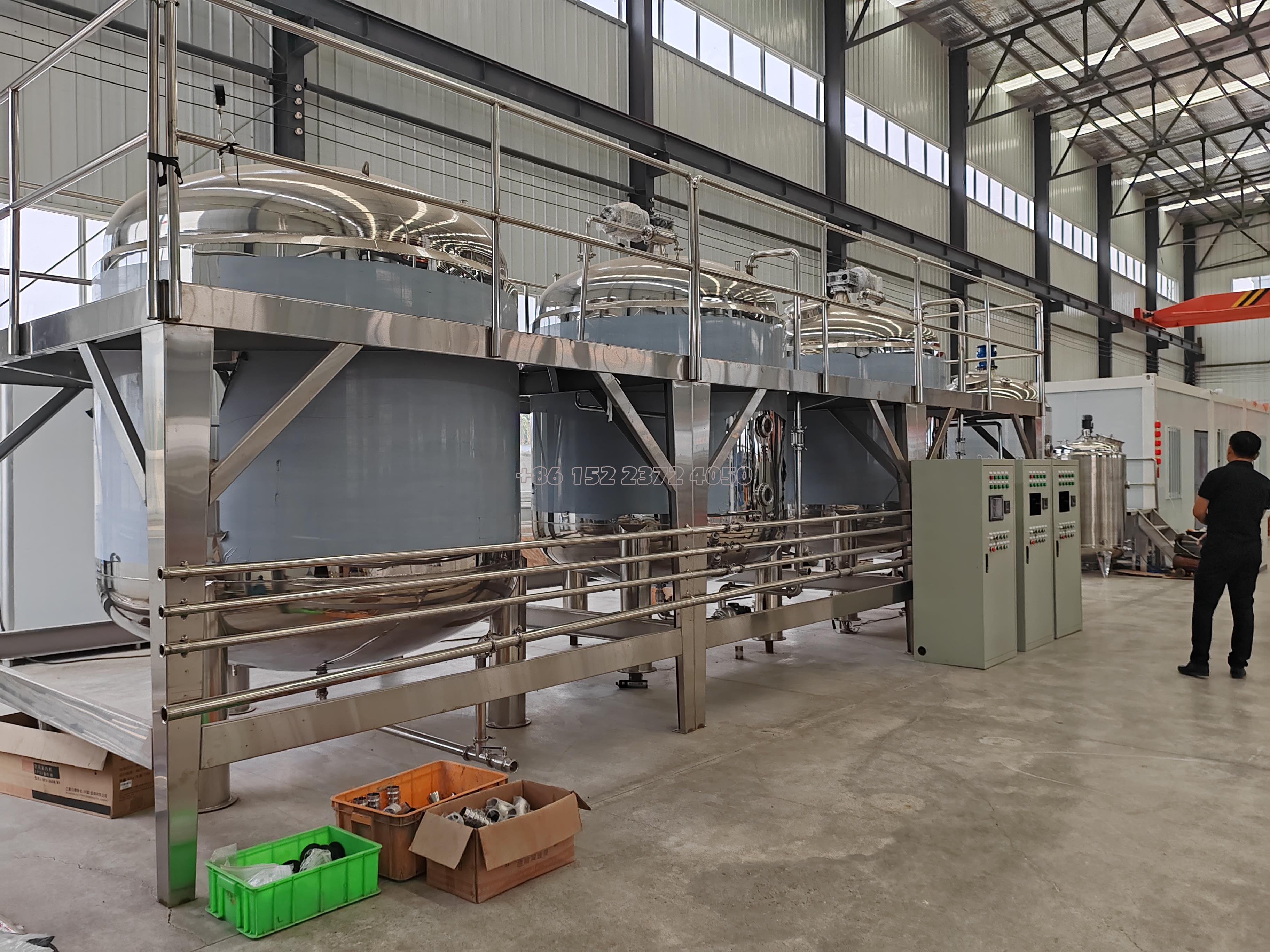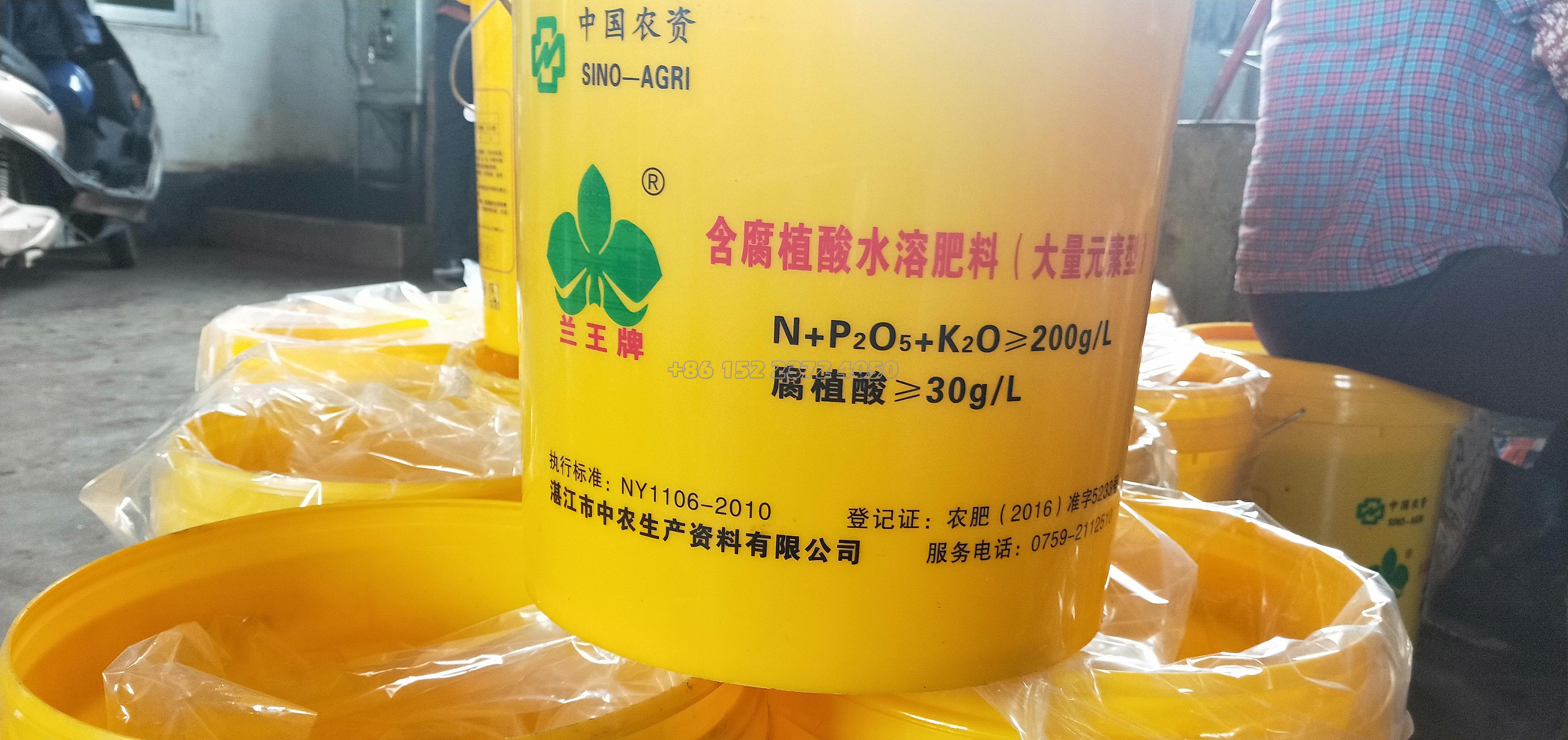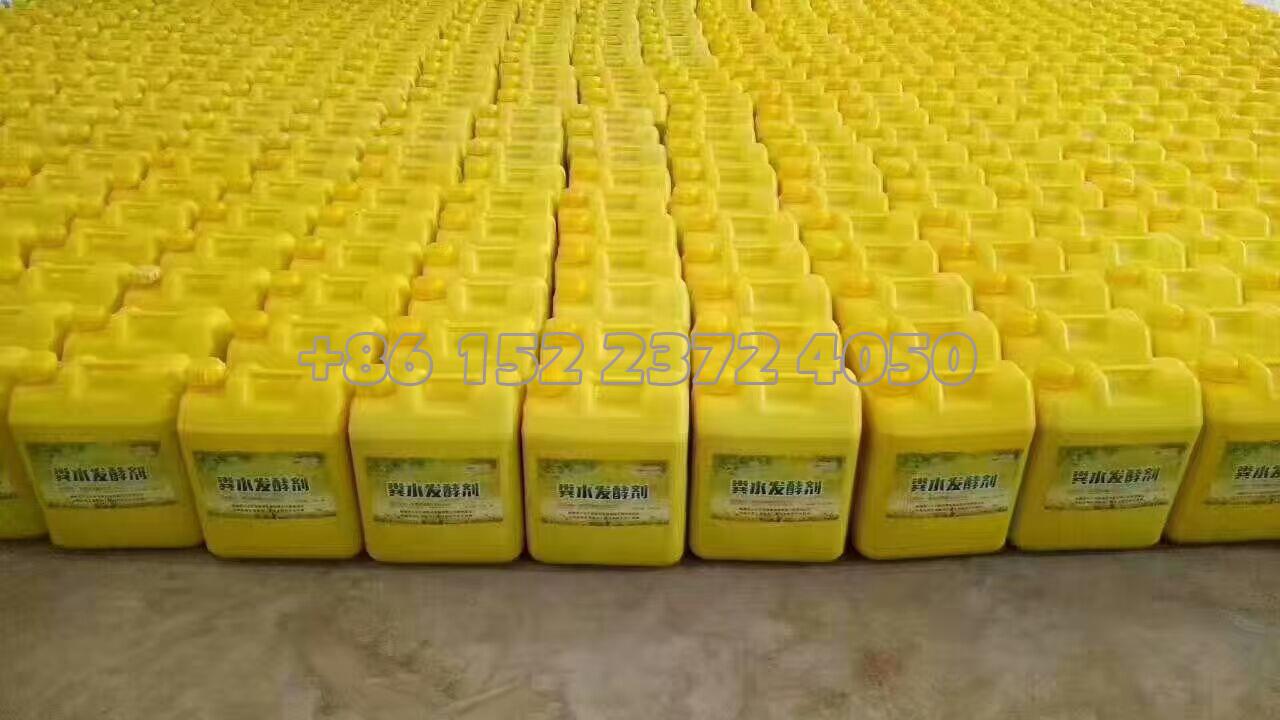Liquid organic fertilizer production line
Liquid fertilizer fermentation
1. Raw materials
The raw materials for liquid fertilizer fermentation are mainly water [deep well water or pure water, city tap water is not acceptable], filtered biogas slurry, brewed emulsion, and dry and wet separated and filtered livestock and poultry manure liquid [containing nitrogen]

2. Bacterial starter culture
The inoculants used in fermentation liquid fertilizer are mainly compound spore bacteria, compound yeast, compound lactic acid bacteria, compound enzyme preparations, etc.
[Liquid bacterial fertilizer starter] Each kilogram of bacteria ferments 500-1000 kilograms of liquid fertilizer
3. Culture medium
Probiotics require protein, energy and trace elements during the fermentation and growth process. Commonly used culture media include molasses, glucose, brown sugar, etc. [Molasses are the lowest cost, and the added dosage is 4%-5%];
4. Fermentation process
The fermented liquid fertilizer is fermented in a constant temperature sealed anaerobic fermentation process for 48-72 hours [normal temperature fermentation takes 5 to 7 days]. The smell of the fermented liquid is sour, winey and a little smelly [the smell of lactic acid bacteria is sour, and the smell of yeast is wine. , the smell of spore-forming bacteria is odor]. The filtered biogas slurry and the dry and wet separation and filtered livestock and poultry manure need to be added with sterilization equipment [water disinfection], and they can be fermented after sterilization.
5. Liquid fertilizer formula
Each ton of fermented bacterial liquid can be directly packed into 5 kg, 10 kg, and 20 kg barrels for use. Functional strains can be added to the fermented bacterial liquid according to needs to make the content per milliliter of 500 million, 1 billion, or 2 billion. etc., to make functional liquid inoculants [Bacillus subtilis, Bacillus licheniformis, Bacillus megaterium, Bacillus amyloliquefaciens, Bacillus jiaotongiformis, etc.], and can also be used by adding urea, monoammonium nitrate, potassium fulvic acid, etc.
6. Effect of liquid fertilizer

1). Enhance plant metabolism, promote photosynthesis and strengthen the protective film of leaves, promote root growth, improve the ability to absorb nutrients, increase crop yield and improve crop quality.
2). Colonize symbiotically with actinomycetes and other bacteria in the soil to improve soil fertility.
3). Inhibit pathogenic microorganisms and prevent and reduce the occurrence of pests and diseases.
4). Promote soil agglomeration, water retention and air permeability, and eliminate soil compaction.
5). Synthesize amino acids, sugars, vitamins, etc. to promote crop growth.
6). Decompose chemical fertilizers and pesticide residues, improve quality, and meet green and pollution-free standards.
7). Promote the decomposition of soil organic matter, making it easier for plants to absorb.
8). Promote crop germination, growth, flowering and maturity.
9). Reduce obstacles to continuous cropping.
10). It has antioxidant effect and can extend the freshness time of fruits and vegetables.
11). Low cost, high return, and effective use of economic crops. For example, melons and fruits will increase in weight, sugar content and fruit preservation rate per fruit.
7. Storage and use
The fermented liquid fertilizer can be stored for about 1 year in a sealed anaerobic container. Store it in a ventilated and cool place to avoid mixing with toxic and harmful substances.
Liquid fertilizer can be used for drip irrigation, spraying and melt water flushing. It is prohibited to mix it with pesticides such as insecticides and fungicides.








